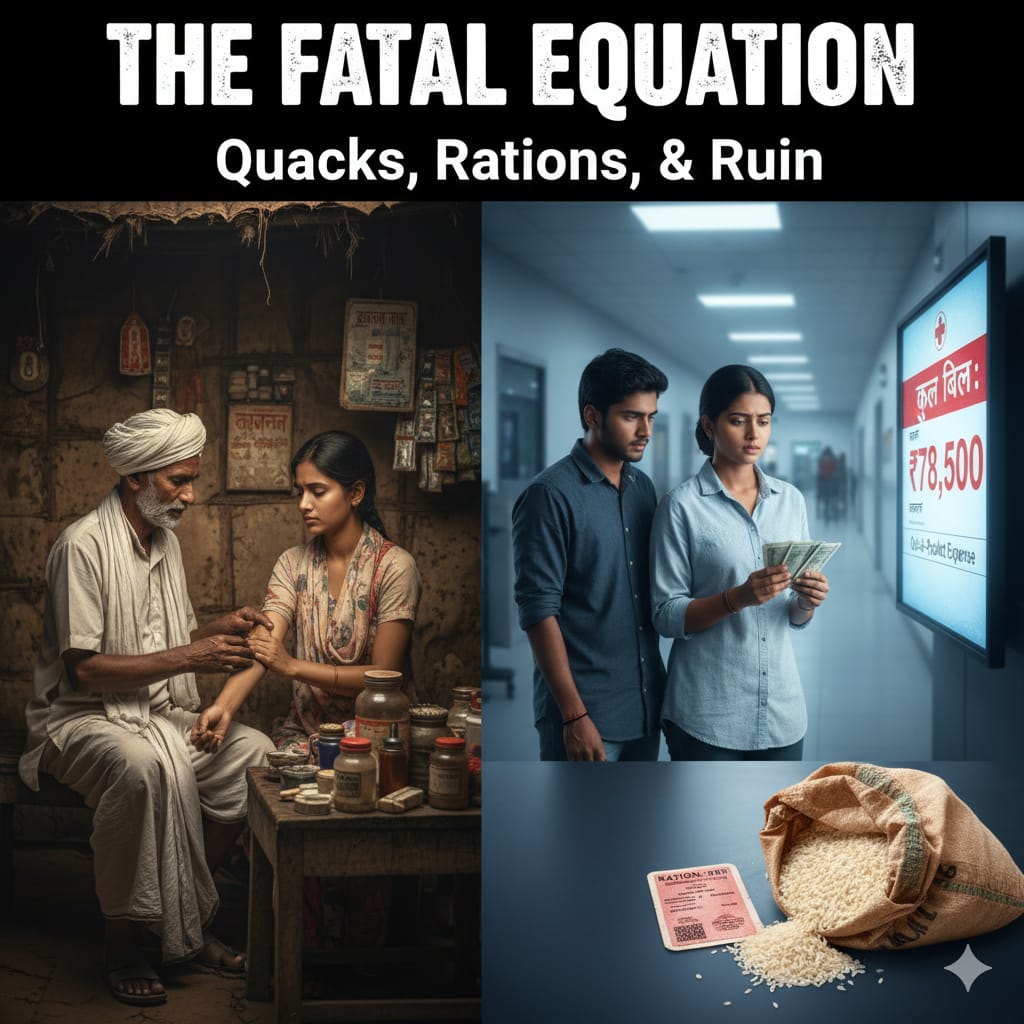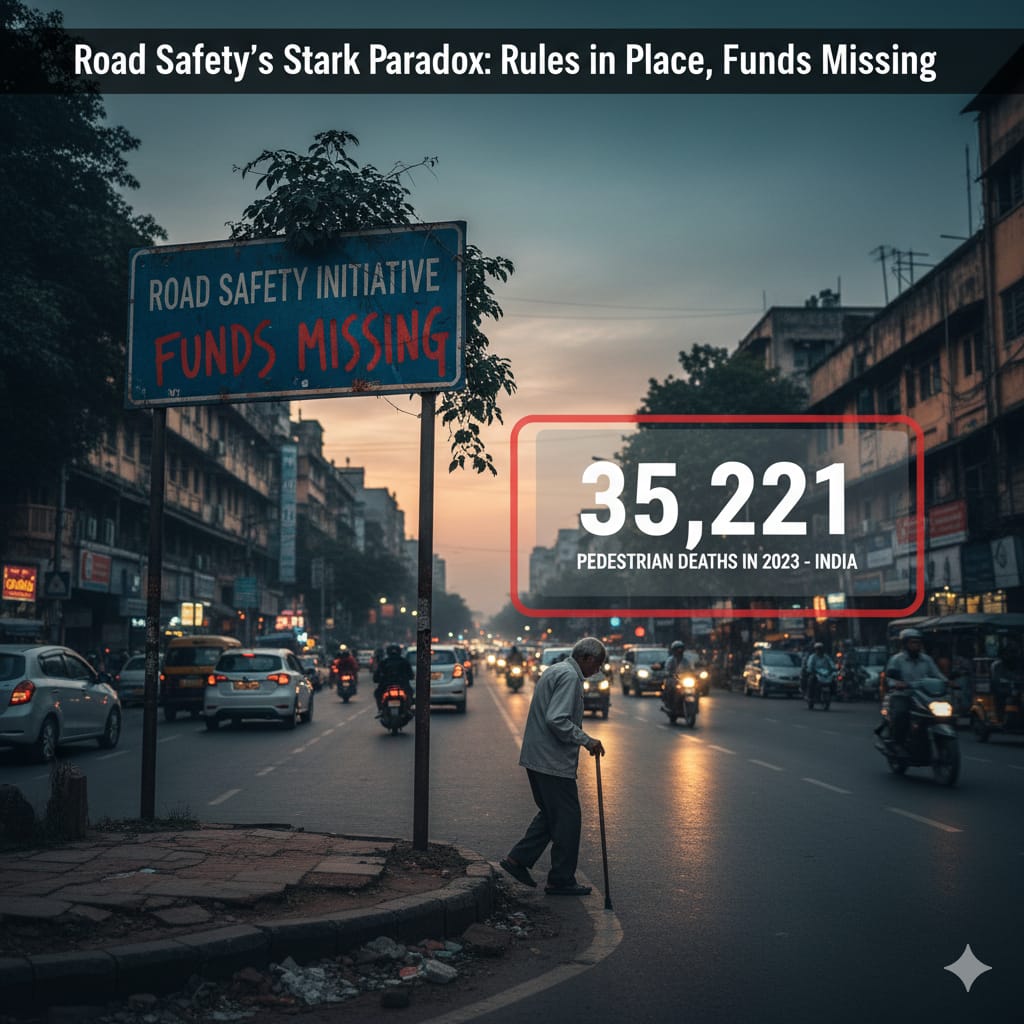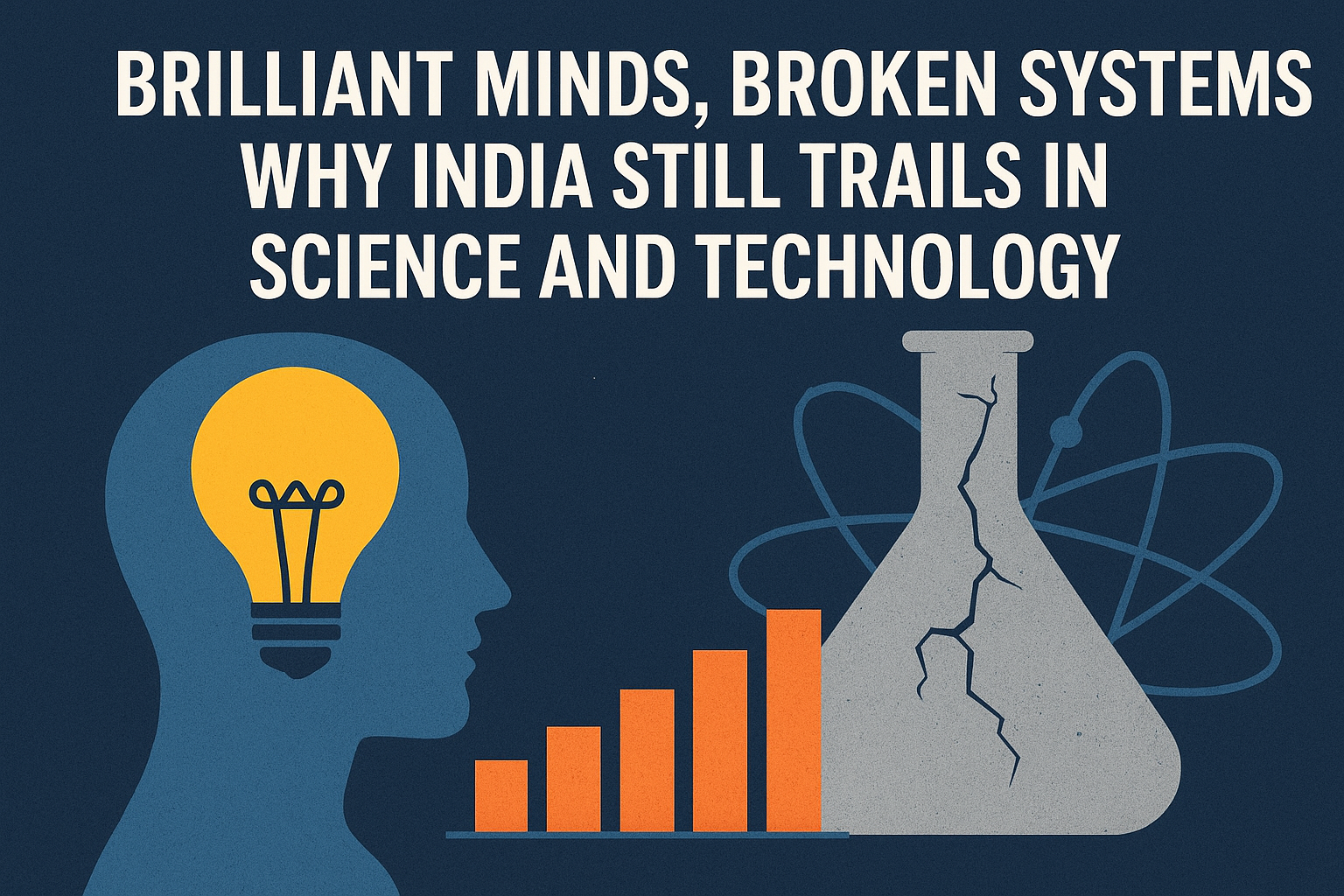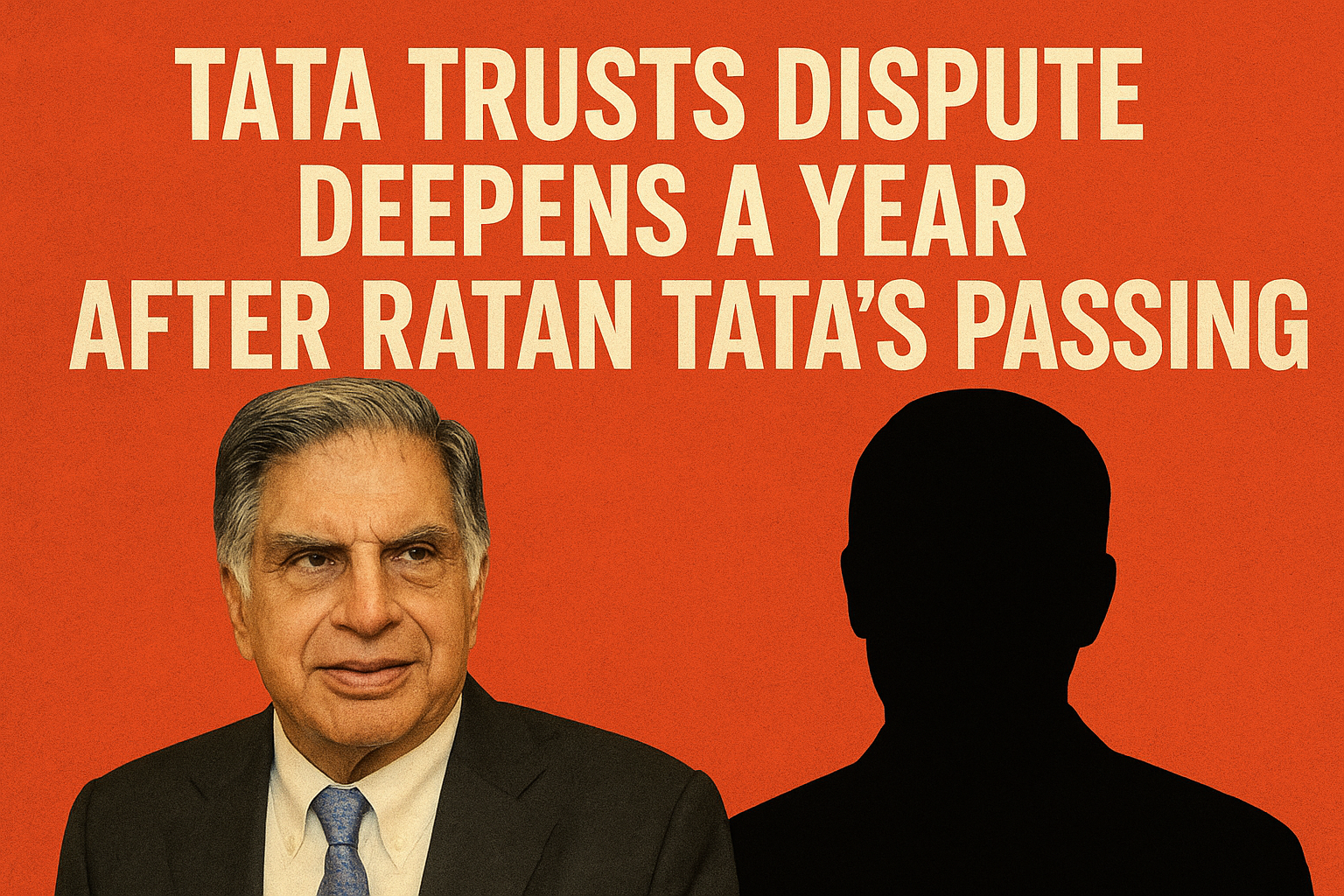
A recent report on Assam has revealed a disturbing truth. By changing the definition of what qualifies as a forest, more than 99 percent of acknowledged forest land in the Dima Hasao district has been removed from official records. What was earlier 1,153 hectares of forest has now been reduced to only 14.53 hectares. This drastic fall did not come because trees were cut or land was cleared. It came simply because new criteria were applied.
The Central Empowered Committee (CEC), which looks into forest and environmental issues, examined the case after mining companies sought clearance for limestone extraction in the region. Dima Hasao is a hilly and biodiversity-rich area. Under earlier rules, land with tree cover outside the official forest records could still be treated as forest. This allowed natural habitats, even if not notified, to enjoy some degree of protection. But under a new restrictive definition introduced in 2022, only areas larger than ten hectares with more than 200 trees per hectare on average are being classified as forest. Smaller patches or forests with lower density are ignored.
This narrow definition has dangerous implications. Forests are not just measured by the number of trees or the size of land. Even small patches of woodland play an important role in preserving biodiversity. They support birds, insects, and animals. They protect soil and water. They connect larger forests and allow species to move safely. By excluding them, we make it easier for industries to obtain clearance to mine or build, and in the process, we lose the very foundation of our ecological balance.
The contradictions within the government’s own records also expose the weakness of this approach. Some forest officers admitted that the land clearly has dense tree cover. Yet others declared it was not a forest since it did not meet the new criteria. This proves that rules can be bent depending on who benefits from the outcome. Mining firms stand to gain, while the environment pays the price.
This is not an isolated case. Haryana has also redefined the dictionary meaning of forests in such a way that large parts of its natural cover are excluded. Across India, states are under pressure to show economic growth and attract industries. Forests are seen as obstacles. By changing the rules, the government can clear projects quickly without having to admit that it is destroying precious ecosystems.
But can a country like India afford to ignore its forests? The answer is no. We are already facing the effects of climate change in the form of extreme heat, irregular rainfall, and floods. Forests are natural shields against these disasters. They store carbon, bring rain, and keep rivers alive. They are homes to tribal communities whose lives depend on them. Reducing forests to mere statistics weakens our fight against these challenges.
The case of Dima Hasao shows how easily paper definitions can erase living landscapes. Once such changes become routine, we may end up protecting only a small portion of our forests while the rest are silently handed over to industries. This is why citizens, especially young people, must stay alert. We must remember that forests are not obstacles to development. They are the very foundation of sustainable growth. Without them, we cannot have clean water, fertile soil, or pure air.
Environmentalist strongly believe that definitions must expand, not shrink. We must adopt the broadest understanding of forests so that every patch of greenery gets protection. If a land has tree cover, it is a forest, regardless of whether it meets arbitrary thresholds. Protecting even the smallest grove is important because in nature there is no waste. Every tree, every shrub, every bird, and every insect has a role to play.
The lesson from Assam is clear. When forests vanish on paper, nature suffers in reality. If we remain silent, the damage will be permanent. But if we demand stronger laws and broader definitions, we can ensure that our children inherit not barren hills but living forests full of life. That is the responsibility of this generation.




.jpeg)


.jpeg)




.jpeg)








